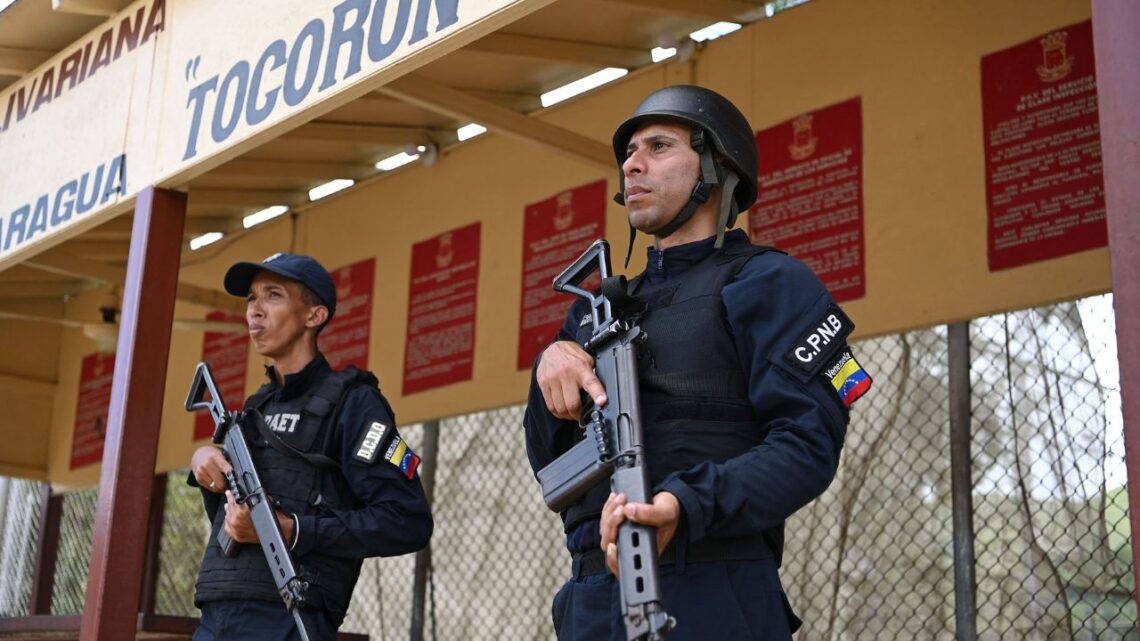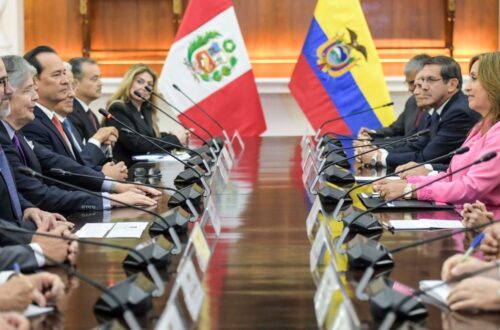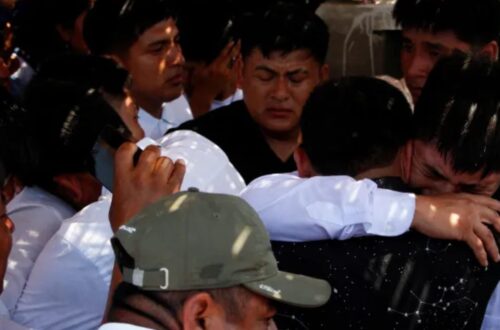In recent months, the Tren de Aragua, a Venezuelan-origin transnational criminal syndicate, has dramatically expanded its grip inside Peru’s prison system.
From imposing internal codes to orchestrating extortion outside the walls, the gang is turning overcrowded penitentiaries into strongholds.
The rapid rise of Venezuelan inmates, combined with weak institutional control, has enabled the gang to gain authority in some major prisons.
This article digs into the facts, figures, and operational mechanics of this expansion.
The Surge in Venezuelan Inmates & Institutional Stress
Over the past few years, the number of Venezuelan nationals incarcerated in Peru has ballooned—growing from just a few dozen to several thousand.
This shift has altered internal prison dynamics, creating a pathway for the Tren de Aragua to transplant its hierarchical structure and codes into Peruvian facilities.
At the same time, Peru’s prisons are operating far beyond capacity. Buildings designed to hold tens of thousands are currently housing more than double their intended populations.
The worst cases show facilities meant for two to three thousand inmates ballooning to over ten thousand.
In such conditions, the formal authority of correctional institutions weakens, and inmates rely on informal governance for daily survival, creating room for gang power to assert.
How Tren de Aragua Operates Behind Bars
1. Internal Governance & the “Rutina”
Within Venezuelan prisons, rutina refers to a strict behavioral and social code that governs how inmates live, work, and interact.
When Tren de Aragua agents or aligned inmates arrive, they bring these norms with them.
Tasks such as cleaning or “feminized” chores might be forbidden, identities and behavior policed, and punishments meted out for deviation.
Over time, a renegade internal order is reinforced—supplanting institutional rules.
2. Hierarchy & Chain of Command
New arrivals are slotted into roles.
Trusted lieutenants act as intermediaries to coordinate resources, enforce rules, and maintain discipline. Basic services—food, hygiene, protection—can be channeled through gang structures.
These positions also offer leverage into illicit operations outside: extortion, rackets, and trafficking lines.
3. Integration with Local Networks
Rather than fighting existing criminal groups, Tren de Aragua is merging or co-opting them.
This blending leads to binational crews that straddle Venezuelan and Peruvian contexts—and gives the gang access to more territory and revenue streams.
4. Outreach Beyond Prison Walls
Authority inside the prison is not isolated.
The gang uses communication channels—contacts, intermediaries, even corrupt personnel—to issue extortion demands externally.
As internal control solidifies, external mapping of victims ensures the organization’s influence touches streets far beyond the prison walls.
Numbers & Trends at a Glance
| Indicator | Past | Recent / Current | Significance |
|---|---|---|---|
| Venezuelan inmate count | A few dozen | Several thousand | Major internal demographic shift |
| Overcapacity rate | ~100 % | ~200 %+ in many prisons | Institutional control erodes |
| Extreme overcrowded prisons | Small issue | Prisons designed for 2,500 now housing 10,000+ | Ideal conditions for gang rule |
| Extortion complaints nationally | Low thousands | Tens of thousands | Rise correlates with prison influence |
| Feasible capacity of alternative sites (e.g. remote islands) | N/A | Hundreds, not thousands | Limits on expansion strategies |
These trends point clearly: the conditions align with the kind of systemic takeover gangs require.
Challenges & State Responses
Infrastructure & Capacity Solutions
Peruvian authorities have proposed reopening closed or remote facilities (such as island prisons) to house high-risk gang elements.
But feasibility is under question—staffing, logistics, and the real usable capacity of such sites remain contested.
Transfers & Disruptions
Authorities have carried out targeted transfers of key inmates to break control nodes and fragment gang chains.
While individually useful, these operations struggle to keep pace with gang entrenchment and the sheer numbers involved.
Intelligence & Anti-Extortion Efforts
To stem the external crime wave, law enforcement is focusing on expanding intelligence capacity—tracking money flows, monitoring communications, and cracking down on urban extortion centers tied back to prisons.
Success hinges on better coordination and judicial backing.
Reforms & Oversight
Critics argue that without systemic reform—reducing overcrowding, improving oversight, strengthening correctional staff capabilities—the gang will continue to plug gaps left by weak governance.
Implications & Risks
- Public safety threat escalates: As prison-based command spreads outward, urban extortion, violence, and trafficking may intensify.
- Human rights concerns multiply: The imposition of punitive codes including psychological and physical abuse raises serious constitutional and humanitarian questions.
- State legitimacy undermined: Citizens may view the state as ineffective when gangs enjoy de facto control inside prisons.
- Transnational criminal fusion: Shared operations between Venezuelan and Peruvian actors make cross-border enforcement harder.
The Tren de Aragua’s expansion inside Peruvian prisons is not merely a story of criminal infiltration—it’s a crisis of institutional resilience.
Overcrowding, weak oversight, and the influx of Venezuelan inmates have created an environment where gang codes like the rutina take root.
Without bold, structural interventions—capacity expansion, targeted intelligence, rigorous oversight—the gang’s authority inside prisons will continue fueling extortion, trafficking, and organized crime beyond prison walls.
For Peru, the window to resist this takeover is narrow—and the cost of delay could be severe.









